KEY POINTS
Sinn Féin’s best performing council area in Northern Ireland.
DUP had the biggest swing toward them (5.6 percentage points) of all councils at the last election.
Turnout (58.9% in 2019) tends to be well above Northern Ireland average.
Currently the only council without an Alliance representative.
ABOUT THE COUNCIL AREA
The Mid Ulster District Council stretches along the western shore of Lough Neagh, covering the areas of the former Cookstown, Magherafelt and Dungannon District Councils (with the exception of the Charlemont ward which shifted into the new Armagh City, Banbridge and Craigavon Borough Council). According to the 2021 census, it’s the only council area where women outnumber men. It has the highest proportion of under 16s (none of whom can vote in this election!) and the second lowest proportion of over 65s of any council area.
PREVIOUS ELECTIONS
Sinn Féin are the largest party on this council electing 17 councillors and taking 39.8% of the first preference vote.
Mid Ulster is the only council area where the SDLP vote rose in 2019, with their share increasing from 13.6% to 14.4%.
It’s a very stable council, with only two seats changing across the entire council at the last election.
Since 2019
Denise Mullen defected from the SDLP to Aontú in July 2019.
Another two councillors resigned and were replaced by co-option.
COMMENTARY
Mid Ulster District Council is a Sinn Féin stronghold taking in the heartland of their vice president, Michelle O’Neill. The party has always been the largest in this council area, holding the greatest number of first preferences in five out of the seven District Electoral Areas.
This is the only council area where Alliance do not have a sitting councillor. Nominating candidates in just two DEAs in 2019, they picked up a mere 1.2% share of the vote in 2019 (narrowly behind Aontú’s 1.4% share) making Mid Ulster their weakest council area. This year, candidates are running in five DEAs and the transfer-friendly party have an outside chance at picking up a last seat if they survive exclusions in early stages of the count. (The final seat in these five DEAs was won/lost by an average margin of 200 votes in 2019.)
The second place party is the DUP with nine councillors, up one from 2014 with a swing to them of 5.6 percentage points (against the NI-wide trend). Half of the UUP’s six councillors were last to be elected in their DEAs making those seats vulnerable to any further swing within unionism or voters opting for Alliance candidates not previously available on the ballot paper.
Watch out for a tough three-way battle for the final seat in Dungannon between Denise Mullen (who defected to Aontú less than three months into her mandate) up against the SDLP’s new candidate Karol McQuade and Sinn Féin’s Deirdre Varsani (who missed out by a shade under 220 votes last time). The seat will be a real bellwether as to how each of these parties perform in this election.
Clogher Valley has traditionally elected six councillors from a pool of seven candidates. That pattern will be broken in May 2023 with Independent Kevin McElvogue making it an eight-way race.

